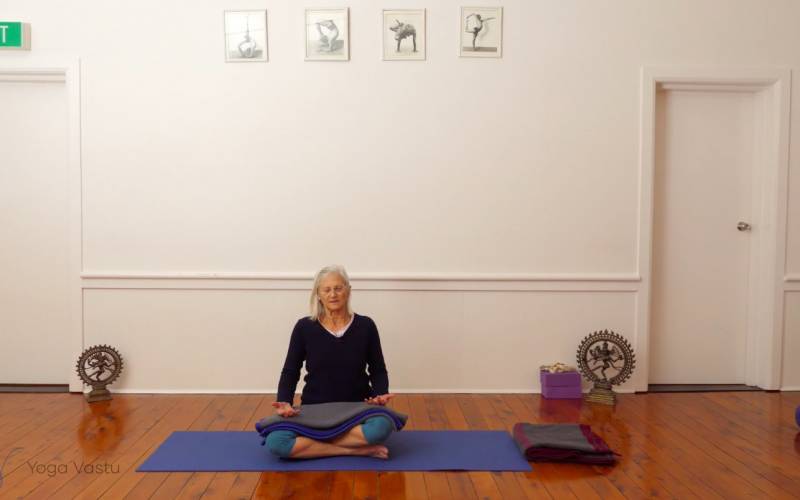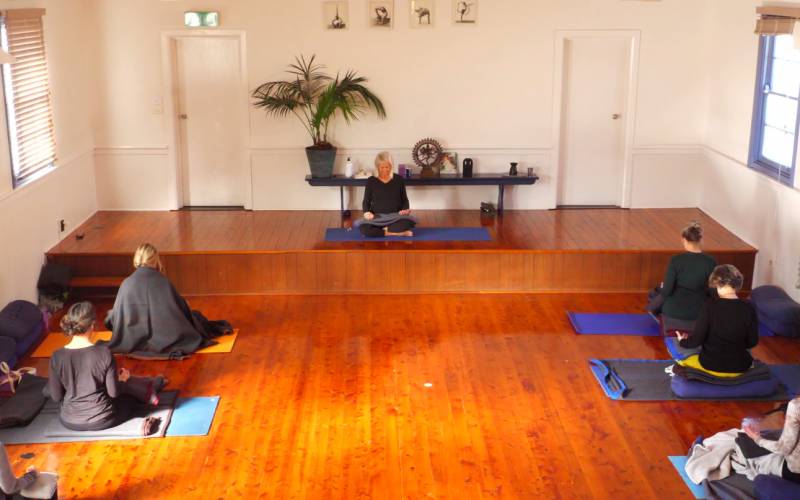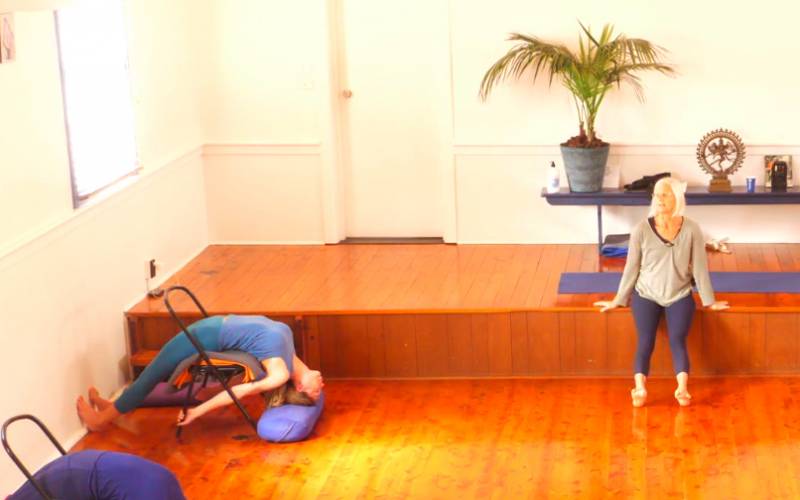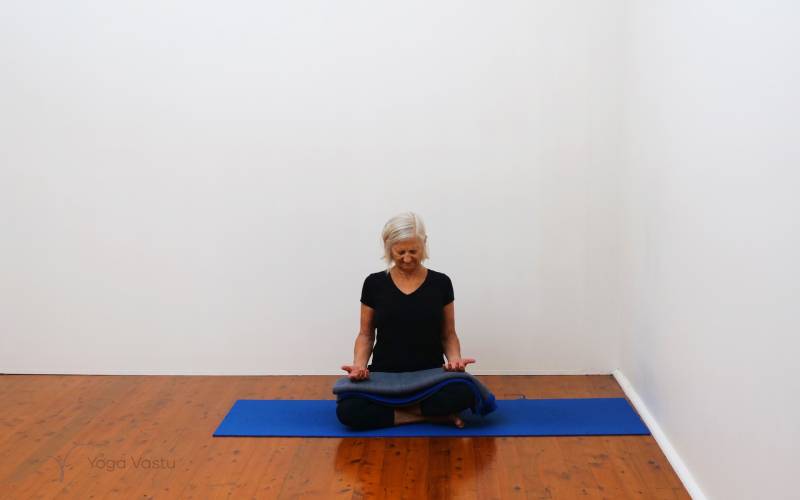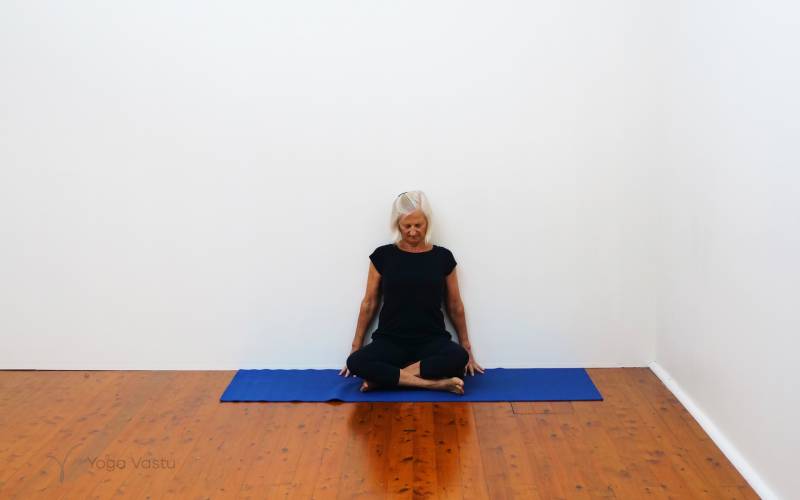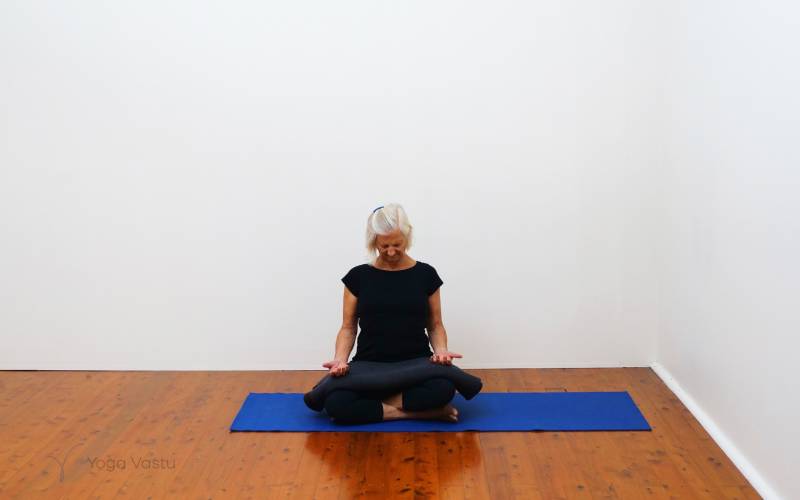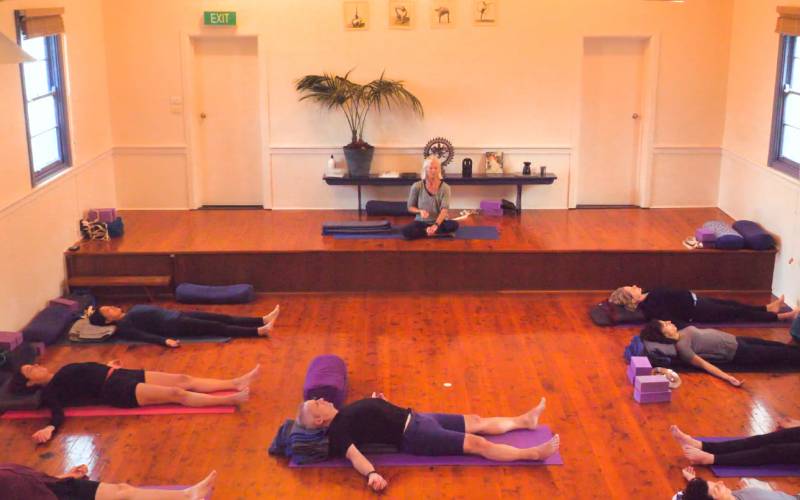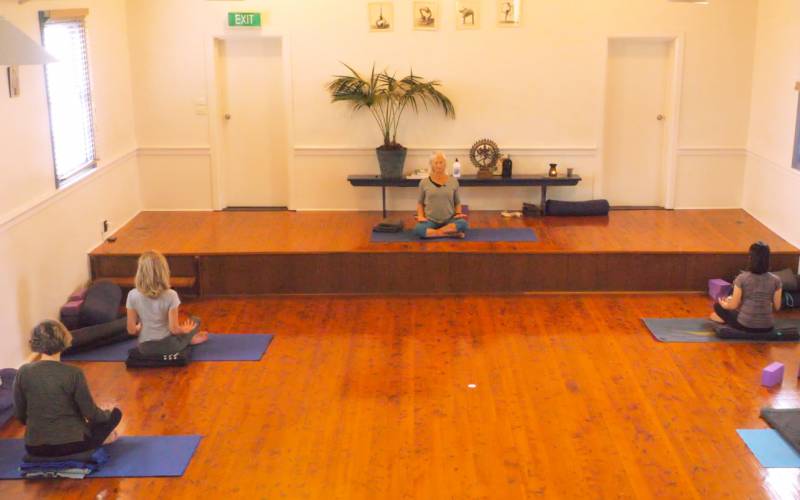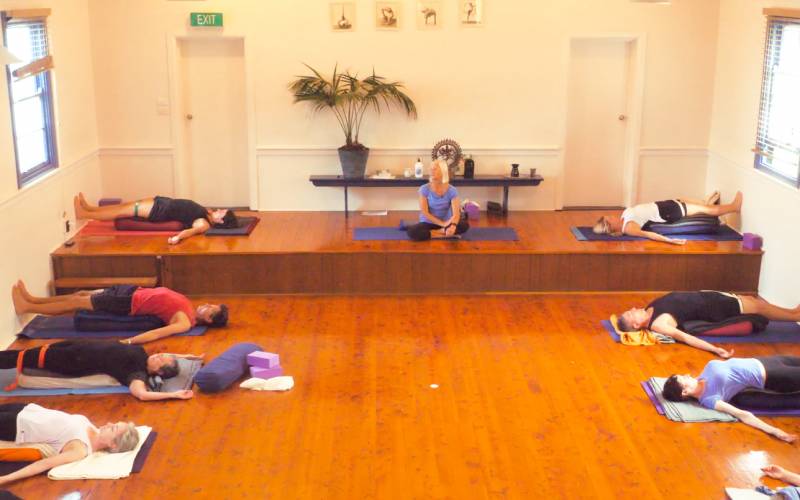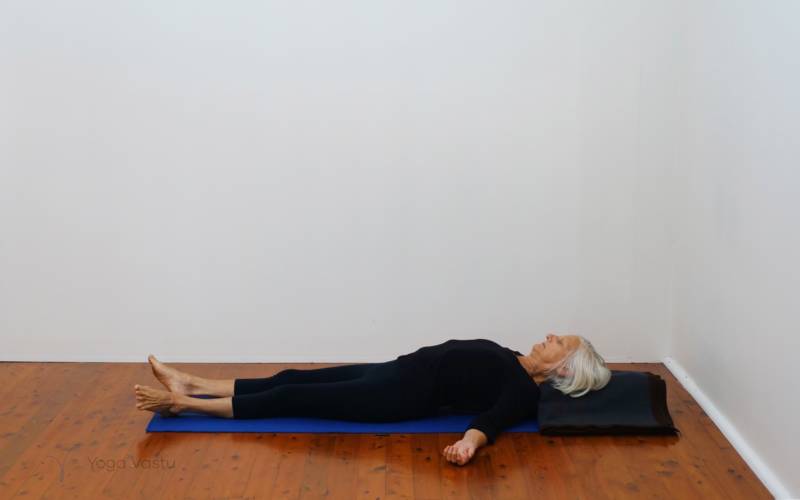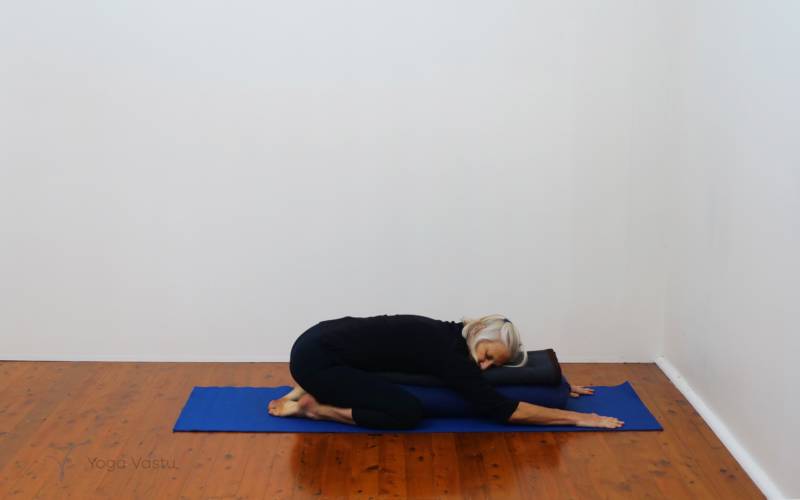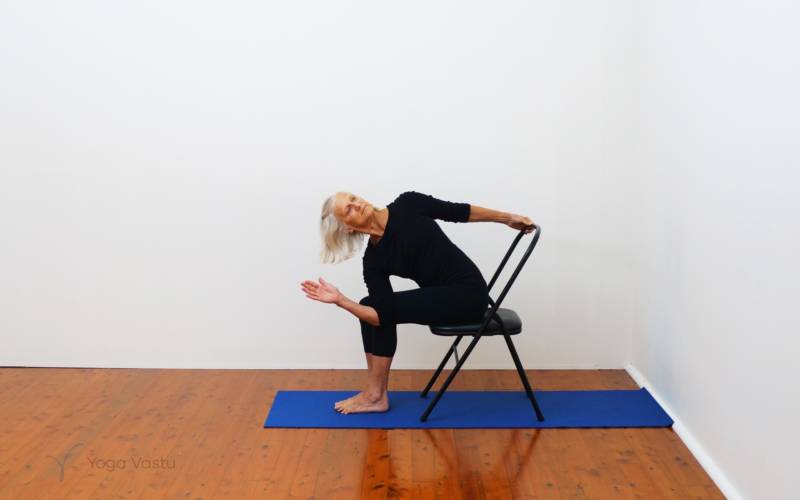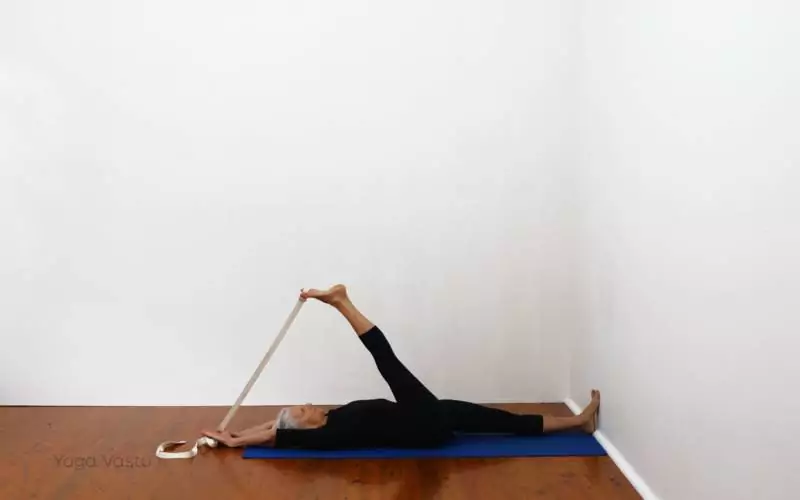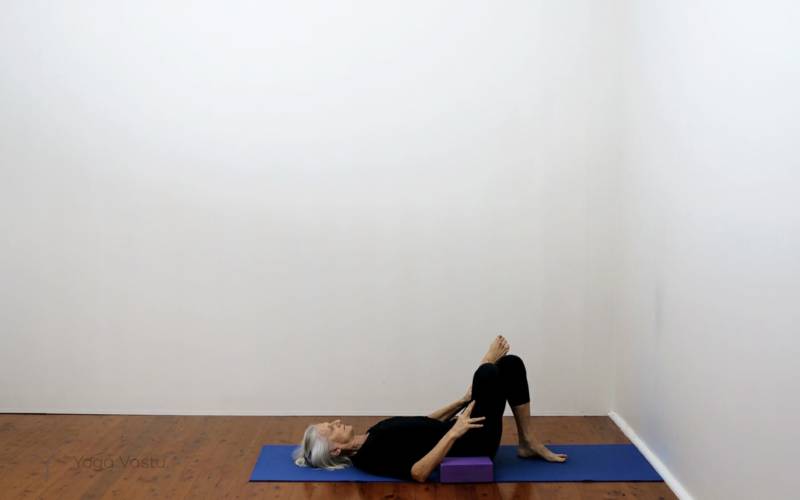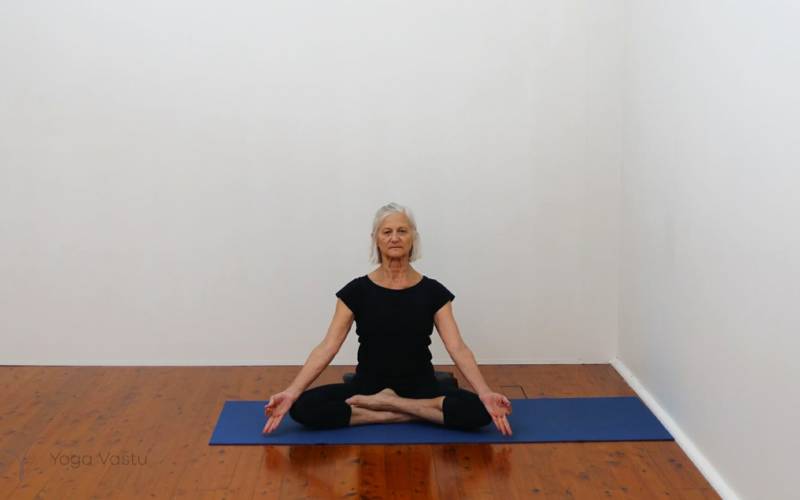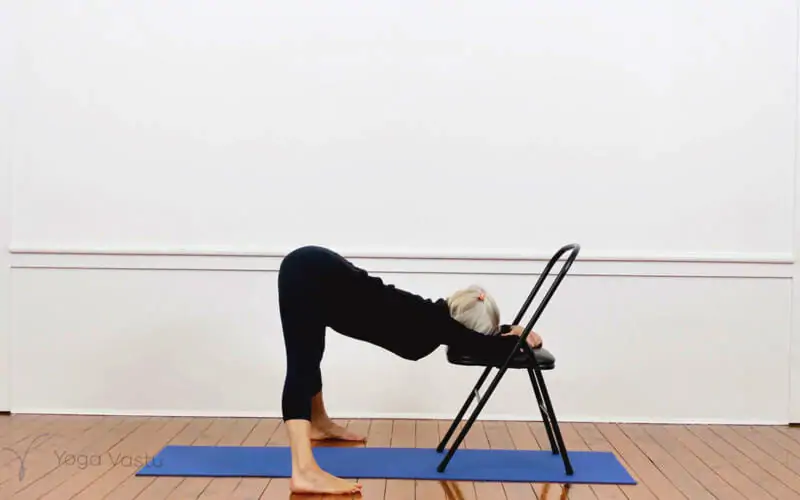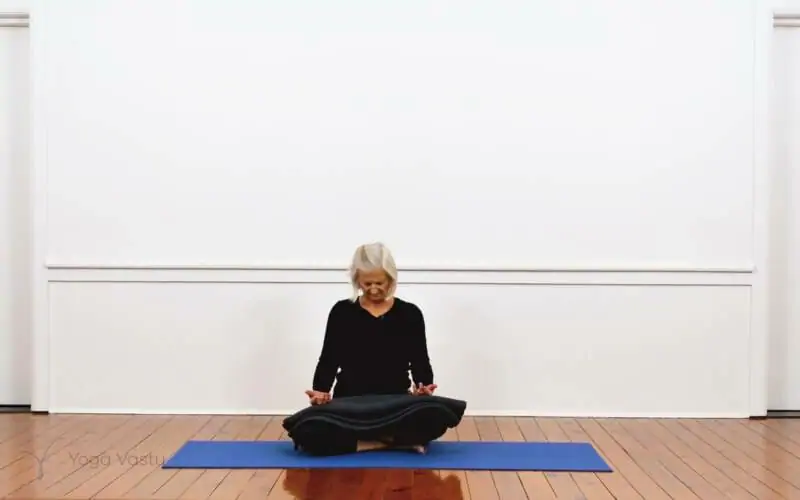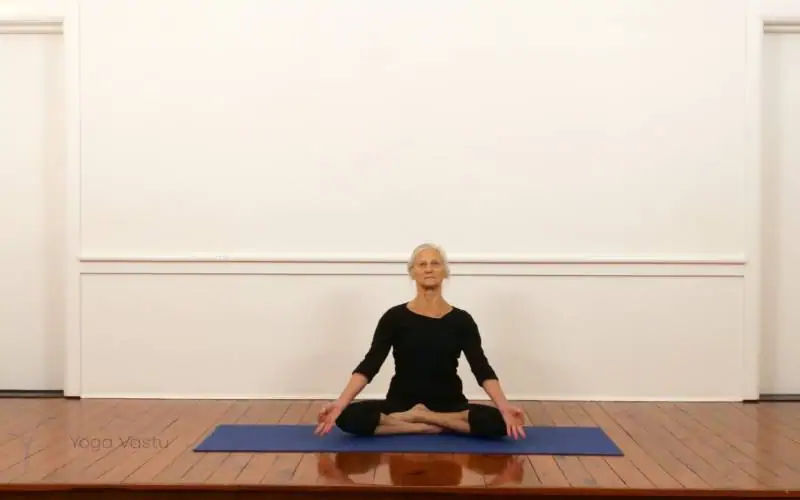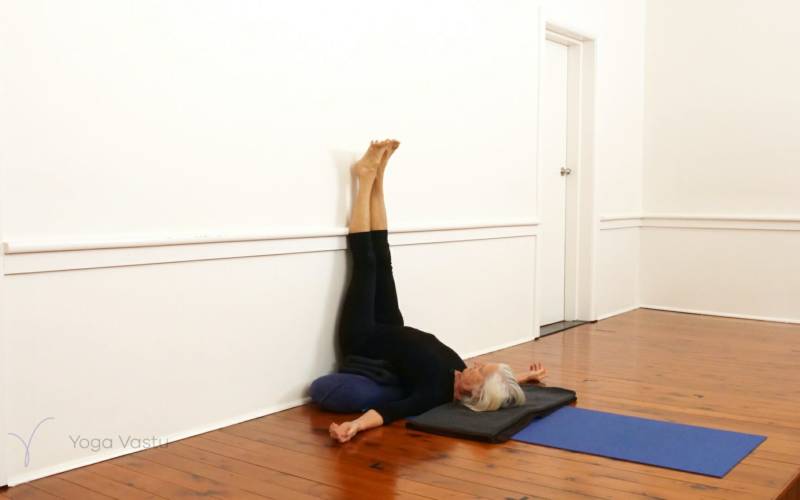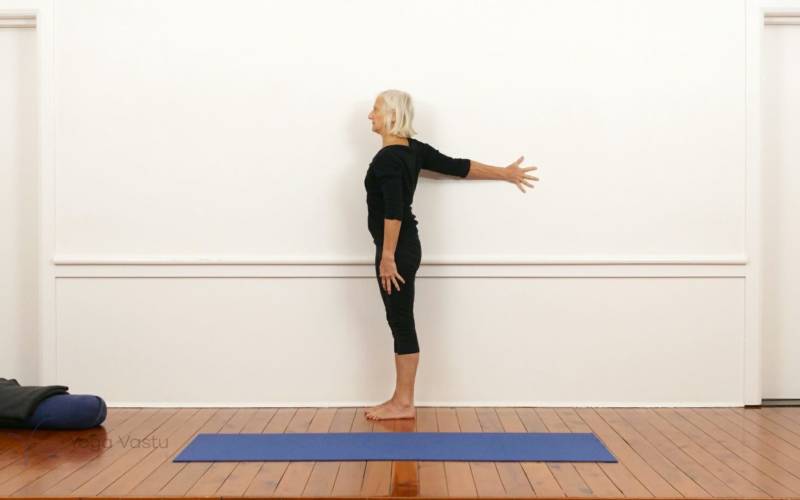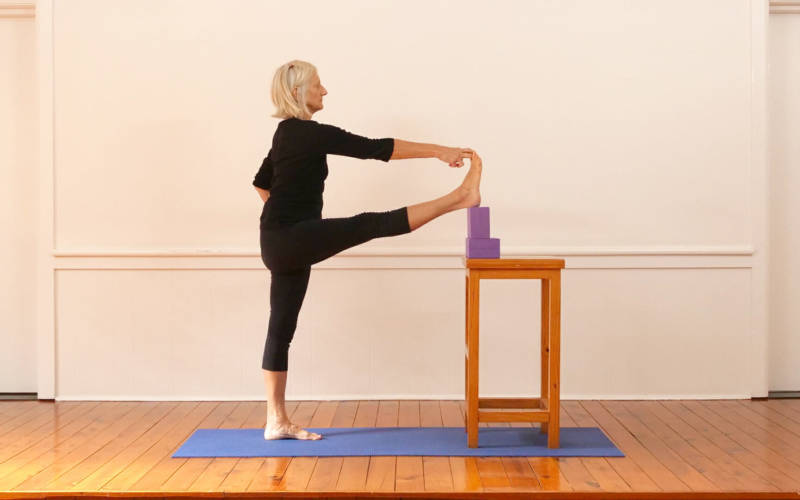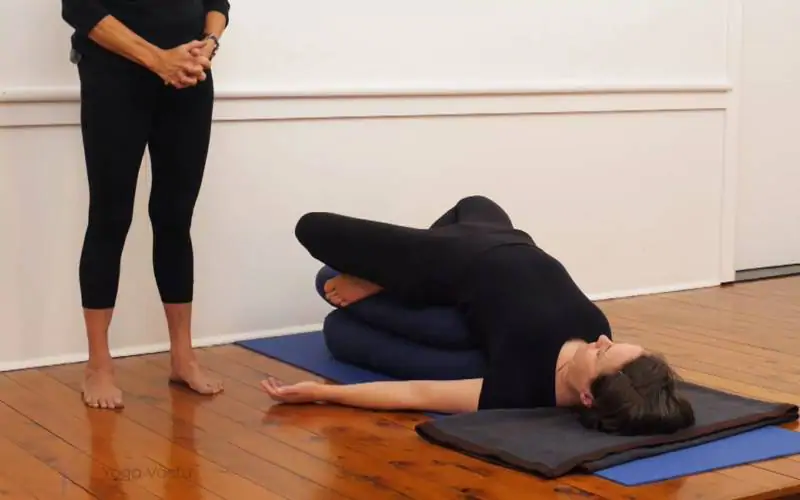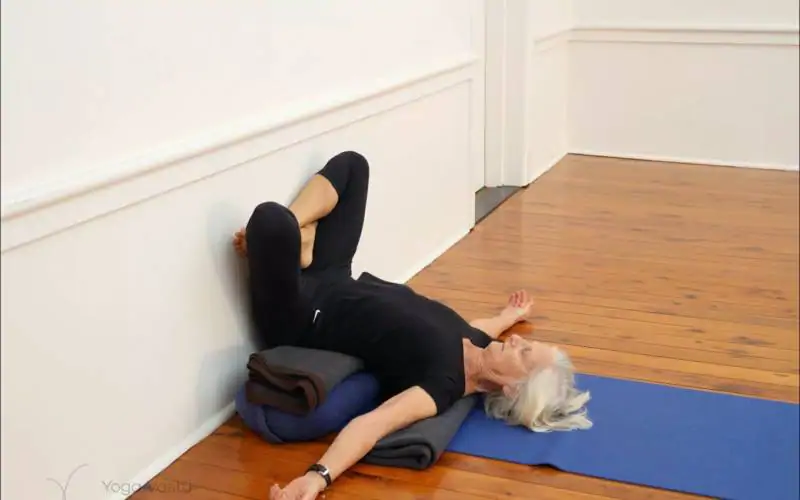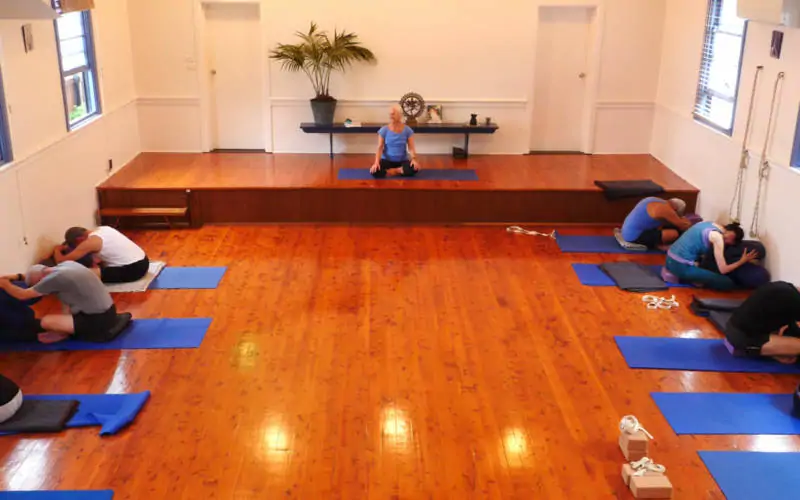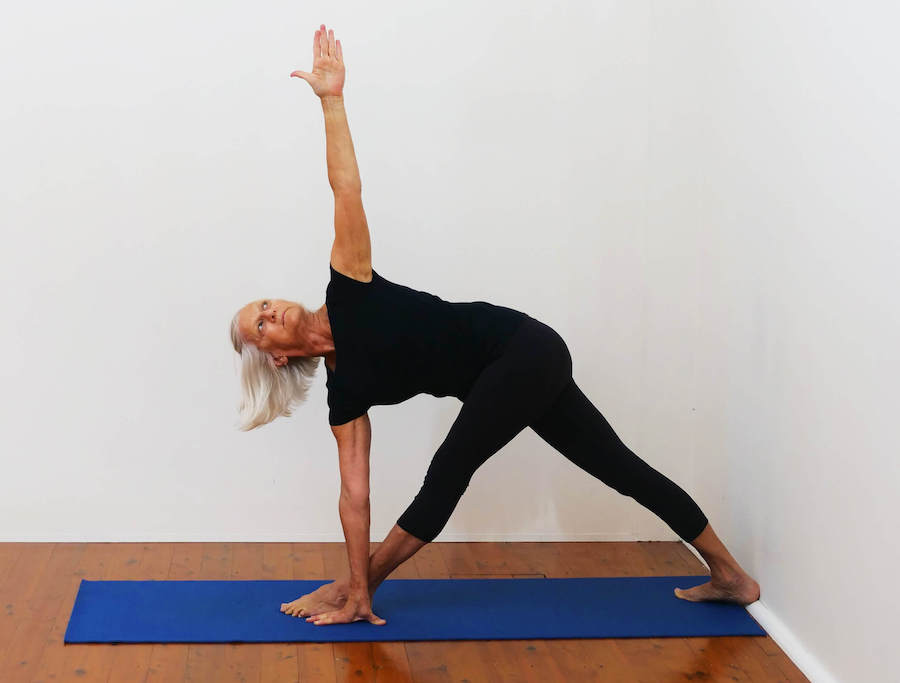Found 52 results, page 2 of 3
What is pranayama?
Pranayama the practice of breath control. It is a practice aimed at strengthening the mind-body connection. Throughout the day, our breathing pattern is irregular. The quality of our breath depends on what we are doing. When you’re in a hurry or stressed, the breath becomes shorter. When you are in neutral situations, the breath becomes more regular. When you are sleeping, you usually take longer, deeper breaths.
In our everyday lives, we don’t pay attention to the breath. Most of the time we take shallow breaths into the lungs. This is called chest breathing. Abdominal breathing or diaphragmatic breathing is when we breathe into the stomach. We rarely do this.
The aim of pranayama is to teach us to guide our breath and to breathe deeper. It unlocks our ability to practice conscious breathing.
Pranayama focuses on changing your breathing pattern in a way that suits your body’s needs. By breathing consciously, you supply the body with oxygen, improve organ function, enhance clarity of thought, and reestablish the connection between the body and soul. Remember: in many ancient religious and mystical traditions, the words for breath and soul are practically synonymous.
What is the purpose of restorative yoga?
Restorative yoga usually goes hand in hand with pranayama. It is a type of practice that helps heal the body and relax the mind. Sometimes a yoga sequence will end in several restorative poses: Supta Baddha Konasana (Reclining Bound Angle Pose), Supta Virasana (Reclining Hero Pose), or Viparita Karani (Legs Up the Wall Pose). Yoga classes end in Savasana (Corpse Pose) – the most iconic restorative asana.
Restorative asanas can be practiced on your restorative day during a restorative session. Like in any sport, the body needs time to recover. In a restorative sequence, you give your body a chance to relax. Meanwhile, the mind is focused and aware. It has time to notice and appreciate how the body feels. Restorative asanas help you achieve equilibrium and balance between body and mind. In restorative yoga, you can assess the benefits of your practice.
When to practice pranayama
In traditional practice, pranayama is practiced in the early morning, before sunrise. But other times are also possible: in the early evening, after your regular session, or before bedtime.
Traditionally, pranayama comes after asana practice. Asanas prepare your mind for deeper inward focus. Each asana requires concentration from the yoga student. Yoga practice calms the normally chaotic mind. It channels and directs thoughts toward the present.
Many feel sleepy after eating. Blood flows to the stomach to ease digestion and this causes sluggishness. The result is trouble concentrating. This is why pranayama is not practiced after meals.
